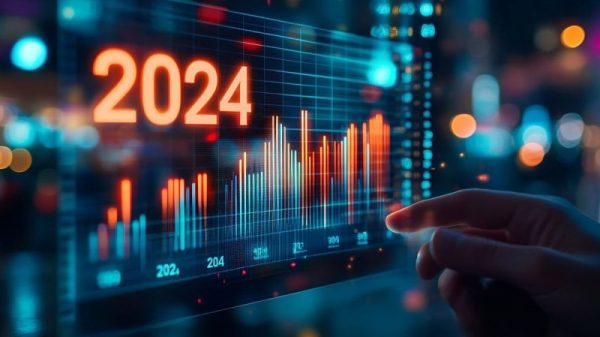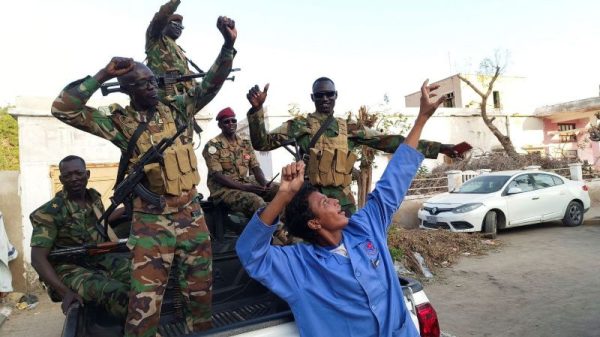Virtually absent from most present-day Western diets, seaweed and aquatic plants were once a staple food for ancient Europeans, an analysis of molecules preserved in fossilized dental plaque has found.
Evidence for this hitherto hidden taste for the nutrient-rich plants and algae was hard to detect in the archaeological record, according to the study published Tuesday in the journal Nature Communications. Previously when researchers uncovered evidence of seaweed, they explained its presence as a fuel, food wrapping or fertilizer.
Prior research had suggested that the introduction of farming, starting from around 8,000 years ago, prompted ancient humans to largely stop eating seaweed. In Europe, by the 18th century, seaweed was regarded as a famine food or only suitable for animal feed.
“It is very exciting to be able to show definitively that seaweeds and other local freshwater plants were eaten across a long period in our European past,” said study author Karen Hardy, a professor of prehistoric archaeology at the University of Glasgow, in a statement.
A ‘dietary link with the sea’
Hardy and a team of archaeologists from the University of Glasgow and the University of York in the United Kingdom examined the teeth of 74 early humans unearthed at 28 archaeological sites across Europe, including the far north of Scotland, southern Spain and Lithuania.
The oldest sites examined in the study in Spain and Lithuania dated back to more than 8,000 years ago, while the most recent were around 2,000 years old.
The researchers were able to detect identifiable chemical markers in dental calculus — the bacterial gunk and food debris that builds up on teeth over time — in 37 samples belonging to 33 individuals. And of those, 26 samples revealed that seaweed or aquatic plants had been on the menu.
“Dental plaque …is very common and once it develops it can only be removed by scraping. This is what dentists do as part of the cleaning process, today,” Hardy explained via email.
“But in the past, it simply accumulated, particularly in the small gap between the tooth and the gum. It is common on most archaeological skeletal material throughout the past,” Hardy added. “It acts as a trap for material that came into and passed through the mouth. Since it is found in the mouth, all the material found within it, unequivocally linked to ingestion.”
Seaweed, freshwater algae and aquatic plants have “distinct, unusual and complex organic chemistry” that allowed for the preservation and detection of “highly resilient biomarkers” from three types of organic compounds — lipids, amino acids and alkylpyrroles, according to the study.
“It is the particular combination of biomarkers which allow us to identify seaweed and aquatic plants,” said study coauthor Stephen Buckley, a research fellow in the department of archaeology at the University of York, via email.
“Other plants do have their own distinctive biomarkers, but they tend to survive less well in archaeological contexts compared to algae (e.g. seaweed, a macroalgae), for example, so we can say seaweed and aquatic plants were ingested and therefore consumed, but we don’t necessarily get a full picture of ALL foods consumed, which can depend on prevailing environmental conditions.”
An analysis of the samples showed that ancient people ate, or at least chewed, red, green and brown seaweed and a variety of freshwater aquatic plants, such as species of pondweed and vegetation from the same genus as the water lily.
“This strongly suggests that the nutritional benefits of seaweed were sufficiently well understood by these ancient populations that they maintained their dietary link with the sea,” Buckley said.
Of the remains studied, those found in chambered cairns or tombs in Orkney, an archipelago of islands off the coast of Scotland, also revealed biomolecular evidence of the consumption of seaweed, including a brassica, most likely sea kale.
And it wasn’t just coastal communities that ate seaweed, the study noted. At La Corona, a site in southeast Spain occupied from 6059 BC to 5849 BC, seaweed made up part of the diet even though it is 80 kilometers (49.7 miles) from the coast.
Buckley added that it wasn’t possible to be sure whether the seaweed would have cooked or eaten raw.
However, he said it’s reasonable that seaweed would have been a staple food given its nutritional benefits and the ease of obtaining it from the seashore.
Dubbed a “superfood,” around 145 species of seaweed are eaten today, mainly in Asia, and they are known to have many health benefits.
The scientists said they hoped that their research would highlight the potential for including more seaweeds and freshwater plants in present-day diets.






































